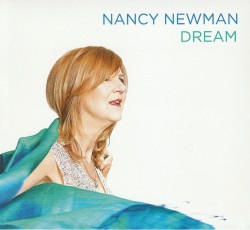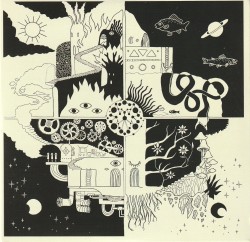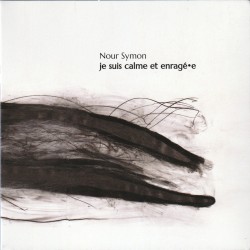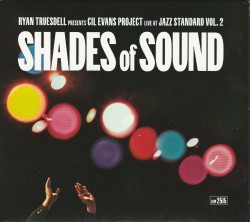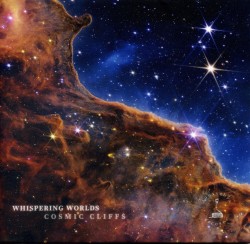I Am Doing My Best - Curtis Nowosad
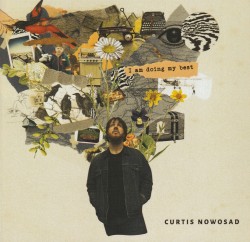 I Am Doing My Best
I Am Doing My Best
Curtis Nowosad
Independent CN002 (curtisnowosad.bandcamp.com/album/i-am-doing-my-best)
With I Am Doing My Best the hard-driving percussionist is wearing his emotions on his sleeve – even carrying the weight of living on his shoulders. Nowosad belongs to the “bracing change” in this literal sense. Edgy and unpredictable, an ensemble that is invigorating as a shower of ice-cold water on a day that is by turns hot and cold.
This album is set out in eight short and vivid movements, each with an evocative title. For example: What We Do, Choices (A Butterfly Breaks Free), Mythologies (The Stories We Tell). Nowosad brings together several guests: the brilliant vocalist Joanna Majoko, the JUNO-Award winning singer and songwriter Joey Landreth and guitarist Andrew Renfroe whose harmonics scorch the fretboard. All the while the performers brilliantly subscribe to the leader’s vision and artistry with which this gritty music is conceived and articulated.
Nowosad’s music shifts from a fecund kind of beauty to a dirty bluesy volatility. On What We Do we feel the unexpected jolts of a man’s forsaken cry, loosed upon the rumble and thunder of his drums, and in the quiet sizzle of the well-tempered and singing tissue of his brass, superbly aligned to the bronzed, glistening voice of Majoko. (I’m Learning To Be) Kind is a gush that pushes wind into the song’s sails. The Archer (I’m Doing My Best) featuring Landreth and Majoko closes out a fine album.


